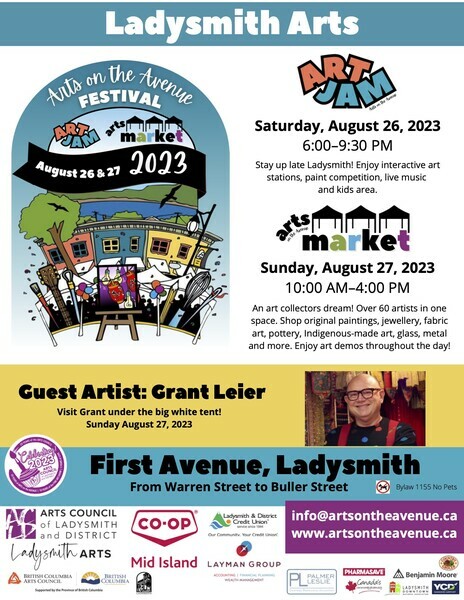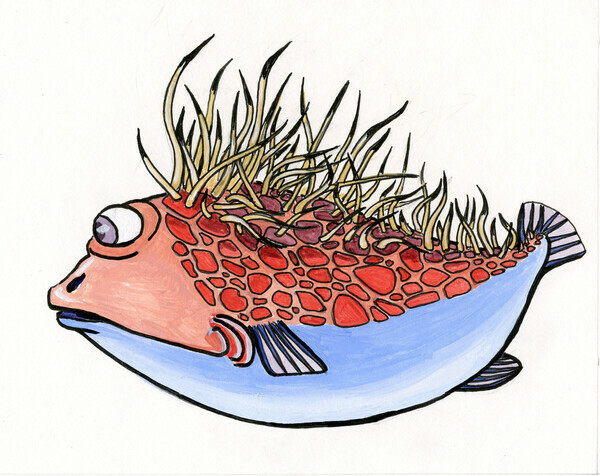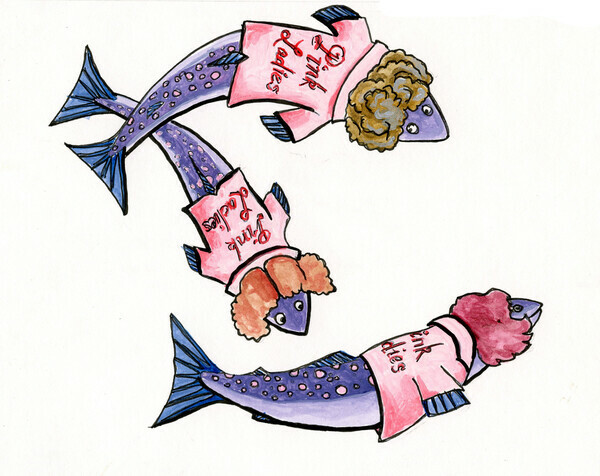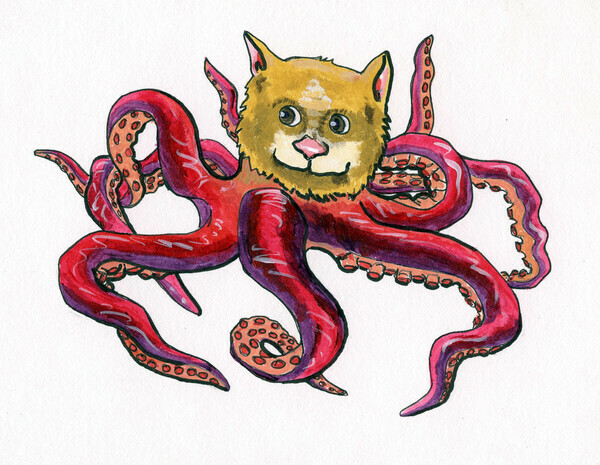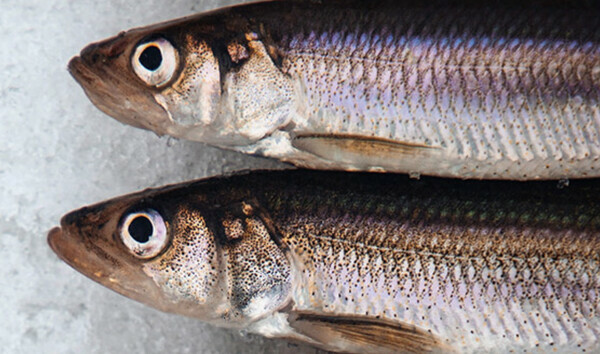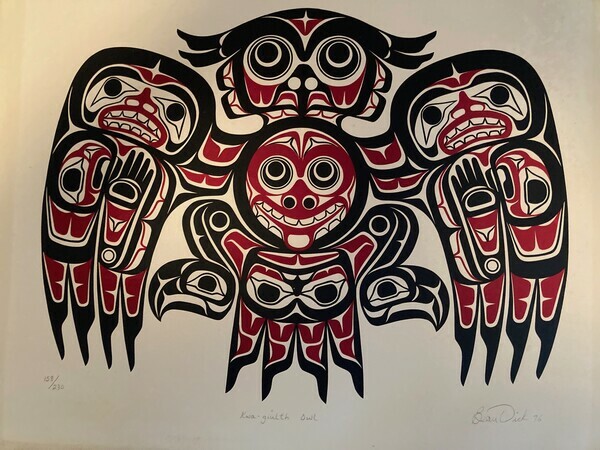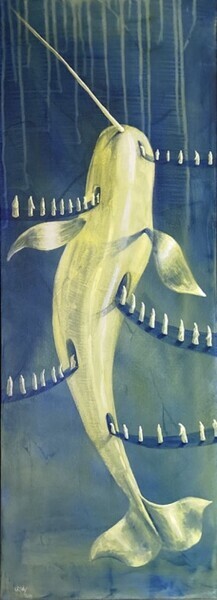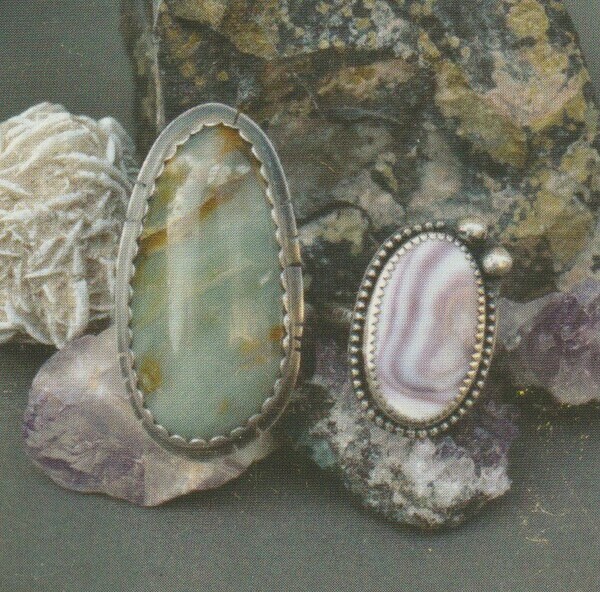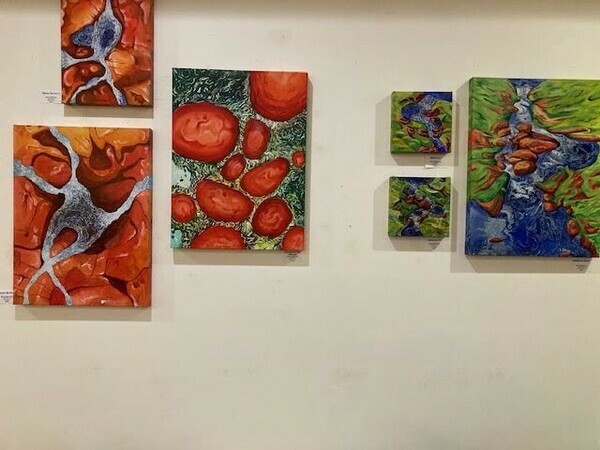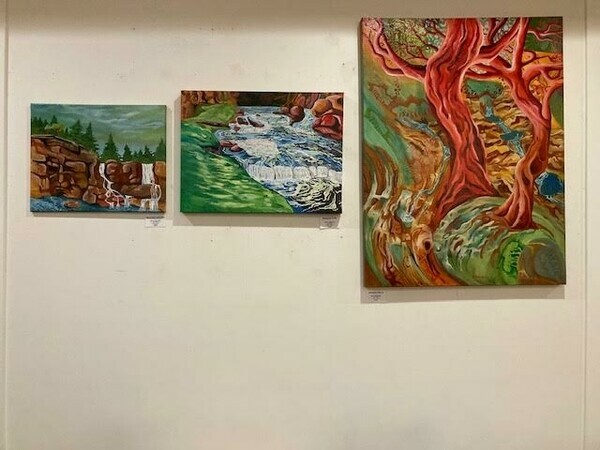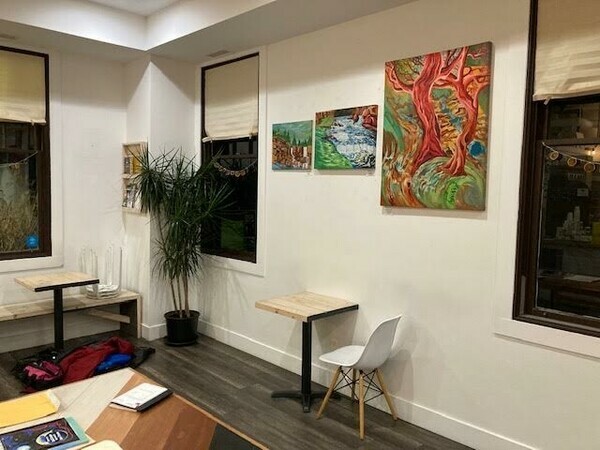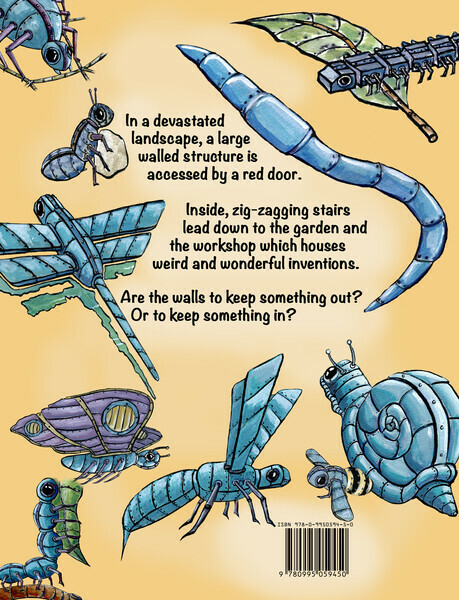| Dave Stevens |
| Illustrator/Cartoonist/Artist |
Blog(posted on 23 Aug 2023)
I have been in touch with the Parkinson's Society of BC and they informed me of things that make a difference when donating if you want to go under my name (Mary your money has already been transferred over). 1. Parkinson BC has their own address - www.parkinson.bc.ca/superwalk 2. I used the full name of DAVID rather than Dave. 3. Page can also be activated through - http://events.parkinson.bc.ca/site/TR/Events/SuperWalk23?px=1082743&pg=personal&fr_id=1567 Sorry if this is conveluted. Dave (posted on 16 Aug 2023)
Steelhead trout have suffered from overfishing and changes in the natural landscape which affects their ability to return from the ocean to some of the rivers and streams of their birth. They are a sea run trout that comes back stronger and larger as they develop. The farther north you go the bigger they become. They are sought after by fly and float casting fisher people. For me combining the metal heads with the fish body was a natural as I had been producing mechanical creatures for awhile. I recently published a book called The Red Door based on illustrations of mechanical insects and a enclosed manufactured garden. Some good friends, Deborah and Terry Hopkins, took us to see Beyond Van Gogh in Victoria on Vancouver Island. If you‘ve never been I recommend that you go. There were three parts to the show: a life history with quotes set against close-ups of his paintings, a moving compilation of parts of his work that covered a wall and the floor, followed by a large room with views of Vincent’s work complete with transitions to the next ones that were displayed. I have seen originals but here the size and juxtapositions were overwhelming. Vincent created many pieces, some of which I recognized but others were new to me.
I wanted to let people know they can contribute to the funds raised for Parkinson's research by supporting individuals through the SuperWalk. I will be participating. (posted on 31 Jul 2023)
I wanted to let you know that I will be involved on the last weekend of August in the Art Jam and Art on the Avenue. The problem is that it occurs in Ladysmith on Vancouver Island and that automatically means some of you won't be in the area. But .........
Hope you or somebody you know can make it. Dave (posted on 14 Jul 2023)
Rats are often seen as carriers of disease, or we associate them with areas such as the Harkeerat Mangat was a student who came along near the end of my teaching career, and he was in a group that excited and challenged me. As a grade 10 student he was invited to join in a show at Melissa Lane’s store/gallery in New Westminster and he graduated from North Delta Secondary. Harkeerat also displayed work at the prestigious Buschlen-Mowatt Gallery in Vancouver along with Tristan Unrau, following which he earned a Bachelor of Fine Arts at Emily Carr College of Art + Design and a Master of Fine Arts in Dusseldorf, Germany. He has since gone on to establish himself as a multidisciplinary artist in Germany and Vancouver. He combines faith with artistic vision so that there is no separation between the two. What he believes dictates what he creates. (posted on 14 Jun 2023)
The quill fish is one of my favourites, especially the surprised look and the quills from which it gets its name. Quillbacks are a type of rockfish which inhabit many of the waters around British Columbia. They move from tidal pools as young and can live several hundred feet below the surface as adults.They hang around rock faces in what we humans would consider upside down postures. Their quills are limited to the fins on their back and sides. You must watch out when handling these fish as their quills might stick you. Not a bad defence against being eaten. A favourite artist is the woman named Kathe Kollowitz. A woman who died in her 60’s in 1945 she was a German expressionist who believed in having a social conscience. She fought against poverty and hunger and fought for women’s issues and workers’ rights. She was an artist who worked with printmaking, painting and sculpture. Some of her prints show women in poverty and the choices they are confronted with or workers protesting poor working conditions. Some images have stayed with me especially those of women fighting against a personified death. Very memorable. (posted on 14 May 2023)
The Pink Ladies refers to the show, Grease, where the lady gang members wore pink jackets. They remind me of the pink salmon who migrate, yearly, past the shores of Campbell River to reach their spawning grounds in the rivers along the coast of Vancouver Island. Like Haig Brown, Emily Carr loved the environment around British Columbia. Much of her art was influenced by the old villages with their long houses and totem poles on Haida Gwaii. She travelled by boat and canoe to the southern islands of the Queen Charlotte Islands, as they were known back then, where she created drawings and paintings to record the village life and history of the Haida people. She was an artist, a writer, and a historian. She studied art with Lawren Harris of the Group of Seven. The Emily Carr Institute of Art and Design in Vancouver commemorates her. The Vancouver Art Gallery has many of her works in their collection. (posted on 23 Apr 2023)
In reviewing my last Blog I realized that I neglected to inform people of my own displays, so I am rectifying that oversight.
Nanaimo Arts Council Take It To The Bank Millstone Rapids 1 Oil on canvas Port Theatre in Nanaimo Red Hawk Acrylic on paper 125 Front Street
On Now: Contrast Show China: Old and New Woodblock print 144 Parkhill Terrace, Ladysmith
Whimsy Show Arbutus Islands I + II Oil on canvas Art on the Avenue Festival Paintings, relief prints, books and cards (posted on 15 Apr 2023)
Someone was able to record an octopus being pulled out of the sea. The octopus was gripping a crab trap and wouldn’t let go. The prawns or crabs inside the trap were too tempting to the octopus, so it refused to release its tentacles even though it was brought up to the surface. A former student from South Delta Secondary, Stephen Bau, created some unforgettable images. He continued his studies at Kwantlen College and Trinity Western University and has pursued a career in Graphic Arts creating various companies relating to design. (posted on 14 Mar 2023)
Night smelt, also called eulachon or candle fish, is native to the west coast. At spawning they are so oily that they can be dried and burned as candles. The illustration shows a night smelt ready for bed carrying a candle, a sneaky way to connect the night smelt to the idea of a candle.
My exposure to them came from two Kwakiutl (Kwakwaka’wakw) artists, Beau Dick and Russell Smith, with whom I developed friendships while at university. I lived on the main floor of a house while they were in the basement with their families. One evening they invited me to join them in a feast that coincided with the spawning of eulachons, or night smelts. They had acquired eulachon oil up the coast and brought it down with them. Roasted potato quarters were combined with salmon and held together by hand as they were dipped in fish oil and salt. This combination was eaten and the procedure was repeated until you were full or the eulachon oil ran out. Beau Dick, who was a chief with the Kwakwaka’wakw nation, died in 2017. His work can be found at various galleries, such as the Fazakas Gallery Look under Artists to read about Beau and Russell. Here are a couple of designs by Beau Dick from our collection. We also have a silver bracelet by Russell Smith but it is in a box somewhere.
(posted on 11 Feb 2023)
“Business in the front. Partying in the back.” Is an anonymous quote that describes a famous hairstyle. Some English words have more than one meaning. A hairstyle that popped up in history from the French aristocracy to modern days shares its meaning with the name of a type of fish. Combining the fish with the hairstyle of a 1980s drummer was a natural fit.
Current News: I will be at the White Rabbit on Sat., Feb 25th from 1-4 p.m. to answer questions and to meet visitors.
White Rabbit Coffee Co. Art Display Front and back covers for new book
|

